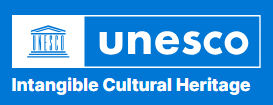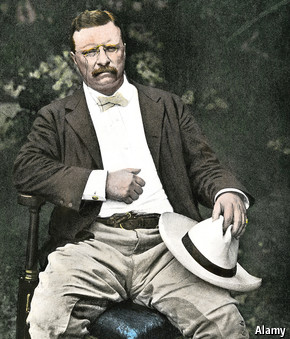
About Us
Our company was founded with a single purpose: to honor and share with the world the artistry and heritage of the Ecuadorian Toquilla Straw Hat. Every piece we offer is more than an accessory—it is a cultural treasure, the result of centuries of tradition passed down from generation to generation.
We partner directly with skilled artisans from the coastal and Andean regions of Ecuador, ensuring fair trade practices and sustainable production. By doing so, we not only deliver authentic, world-class hats but also contribute to the preservation of an art form recognized by UNESCO as an Intangible Cultural Heritage of Humanity.

For us, each hat tells a story—of patience, craftsmanship, and cultural pride. When you wear one of our hats, you are not only wearing elegance, but also carrying with you the spirit of Ecuador.
Tocas
The term tocas was an early name used by spanish conquistadors for the straw hats that would later become known as “Panama hats”. The story of the name’s evolution reflects the hat’s true origin in Ecuador and its journey to international fame.
Spanish observation: In the 1500s, when the Spanish arrived on the coast of what is now Ecuador, they saw native people wearing fine, hand-woven straw hats.
European comparison: The Spanish called these hats “tocas” because they resembled the headwear worn by nuns and widows back in Europe.
Diminutive form: The Spanish later coined the diminutive term toquillas, meaning “little tocas” or “little headdresses,” and also began referring to the specific straw used as paja toquilla (“toquilla straw”). This term is still widely used in Ecuador today.
"Panama Hats"
Although they are universally known as “Panama Hats”, their true birthplace is Ecuador. The misnomer dates back to the 19th and early 20th centuries. At that time, Ecuador exported its finest straw hats through the Isthmus of Panama, the major commercial hub connecting North and South America.
Workers and travelers passing through Panama wore these lightweight, breathable hats to protect themselves from the tropical sun, and soon, the hats became associated with the location where they were traded rather than where they were made.
The global recognition of the “Panama Hat” soared in 1906, when U.S. President Theodore Roosevelt visited the construction of the Panama Canal. Photographs of him inspecting the works while wearing an Ecuadorian toquilla straw hat were widely published, cementing the hat’s international fame under the name Panama Hat.

Yet, the roots of this craft reach much deeper into history. Archaeological evidence shows that Ecuadorian weavers have been producing hats from toquilla straw since pre-Columbian times, long before European contact. Indigenous communities developed weaving techniques that remain alive today, producing hats so finely woven that they can hold water and even pass through a wedding ring without losing shape.
The Crafting Process
Creating a genuine Toquilla Straw Hat is an art that can take weeks or even months, depending on the level of fineness. The process involves:
Harvesting the straw – The raw material comes from the Carludovica palmata plant, grown in the humid coastal regions of Ecuador.
Preparation – The straw is carefully boiled and dried under natural sunlight to obtain the right color, texture, and flexibility.
Weaving – Master weavers, often working from their homes, interlace hundreds of strands using ancestral techniques. The tighter the weave, the higher the quality.
Blocking & Shaping – Once woven, the hat is pressed and shaped into classic or modern styles.
Finishing touches – Details like bands, trims, and sizing ensure that each piece is unique.
The result is a hat that combines lightness, durability, breathability, and timeless elegance, making it a fashion icon admired by statesmen, artists, and style enthusiasts across the globe.